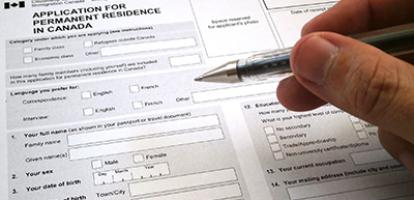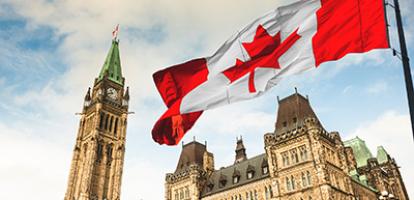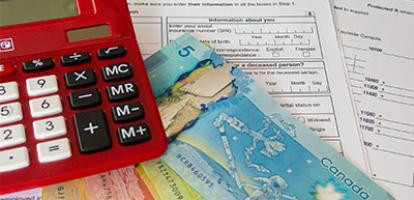Published in the Financial Post on September 9, 2011
By Benjamin Dachis
Canada’s urban highways are choked with congestion. Provincial and municipal governments mostly have been unwilling to solve the congestion problem by putting a price on highway use. They have instead built carpool lanes, despite evidence that carpool lanes are a relatively ineffective solution to curbing overall congestion.
Governments could better confront their traffic problems by converting existing and planned carpool lanes into High-Occupancy Toll (HOT) lanes. HOT lanes are usually a single, barrier-separated highway lane that car pools can access for free, but are also available to single-occupant vehicle drivers who pay a toll. The toll increases in periods of high demand to maintain constant free-flow conditions. Drivers pay for tolls with a transponder or photo-recognition of licence plates. The tolling authority records the distance travelled for later billing.
Over the next two decades, 450 kilometres of carpool lanes will be installed on most 400-series highways in the greater Toronto and Hamilton area (GTHA). Meanwhile, British Columbia is expanding the number of carpool lanes on Highway 1 in the Vancouver area.
However, instead of improving traffic flows, carpool lanes can decrease overall highway capacity relative to general purpose lanes, because many carpool lanes are underutilized during peak periods while adjacent general purpose lanes are congested. In addition to some lanes being underutilized at times, many other carpool lanes are overutilized and congested themselves during peak periods.
Despite there being more people in carpooling vehicles, maintaining free-flow traffic conditions — such as through dynamic tolls — is more effective at increasing the number of people able to use a highway than adding carpool lanes.
With HOT lanes, drivers move between HOT and free lanes based on how they value the time spent on a particular trip, maximizing each driver’s usage of highway space.
Total hourly volume of highway lane traffic is maximized at a certain speed. When the number of drivers wanting to use the highway increases beyond that point, average vehicle speed slows and total highway capacity falls. Highway operators can increase tolls to prevent degradation of capacity due to excess demand. This increased capacity on one HOT lane relative to a carpool lane can potentially reduce congestion in adjacent free lanes.
If currently congested or slow-moving carpool lanes were converted to HOT lanes, they could have their minimum carpool thresholds increased to three or more individuals per vehicle to ensure free-flowing travel.
HOT lanes do not necessarily favour only those who can afford to pay the toll since these lanes are available for public transit that moves faster as a result. As well, the majority of HOT lane users, both high and low income, use HOT lanes only on occasion, mostly when their trips are urgent.
Surveys of drivers on highways with HOT lanes find that most users of both free and tolled lanes approve of road tolls and that approval ratings increase as drivers become more familiar with the benefits of HOT lanes.
Provincial and municipal governments in Canada’s largest cities could easily transform existing and proposed carpool and bus lanes into HOT lanes.
Total GTHA-wide revenues from converting proposed and existing carpool lanes into HOT lanes and a toll on all drivers on the 401 express lanes — keeping the collector lanes free — and the Gardiner Expressway could provide a large share of the funding needed for planned GTHA transportation expansion, even after operating and maintenance expenses are taken into account.
Meanwhile, Calgary could install an HOT lane on increasingly congested Deerfoot Trail and Metro Vancouver would get substantial revenues from a HOT system using existing or proposed carpool lanes.
Opponents of toll highways call them “double taxation” of drivers because both the tolls and part of their government taxes go to build, repair and maintain roads. In reality, gas taxes, vehicle licences and other revenues from drivers pay for about half of total capital and operating costs of Canadian roads.
By preserving a non-toll option, HOT lanes can achieve many of the benefits of road pricing while still being politically palatable. HOT lanes are Canada’s best opportunity to reduce highway congestion, provide funding for transportation infrastructure and introduce drivers to the benefits of road pricing.
Benjamin Dachis is a policy analyst at the C.D. Howe Institute. His ebrief, Congestive Traffic Failure: The Case for High-Occupancy and Express Toll Lanes in Canadian Cities, is available at www.cdhowe.org.




